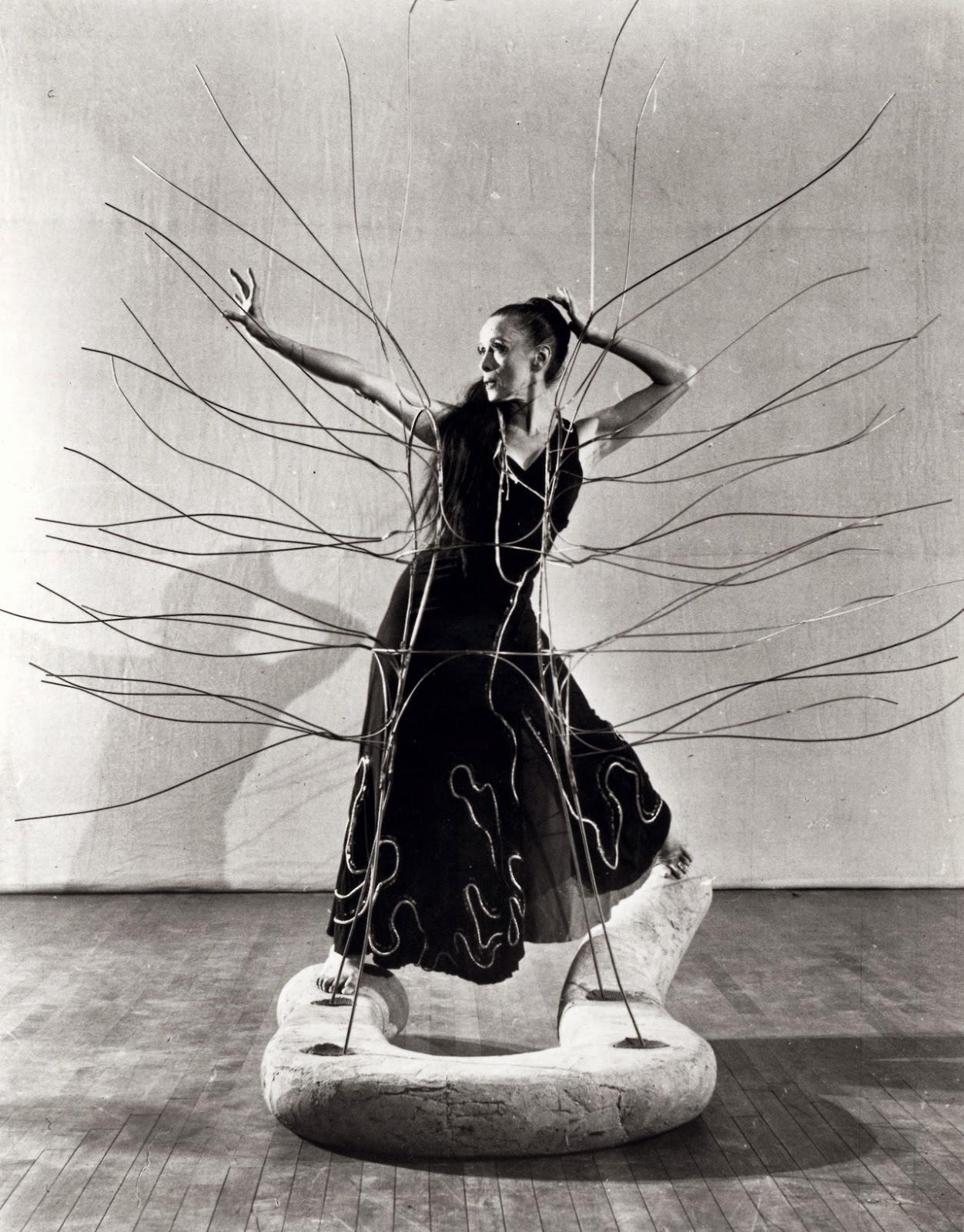I grew up listening to Bruno Walter's Beethoven and Brahms recordings, in the later stereo versions made near the end of his life, in Los Angeles. But his earlier, mono versions are just as worthwhile, and sometimes the younger Walter was the more volatile.
Here are two symphonies from the conductor's earlier Beethoven cycle, made mainly with the Philharmonic-Symphony of New York. (The 6th was done with the Philadelphia Orchestra.) The seventh, in particular, is beautifully done and strikingly well played by the New Yorkers. The recording, from March 1951, is from Columbia's 30th Street Studio, and is in terrific sound.
![]() I have also included Beethoven's first, also with the New York ensemble, but recorded in Carnegie Hall in November 1947. The sound on this 10-inch LP has less bloom than the other album, but is sturdy enough.
I have also included Beethoven's first, also with the New York ensemble, but recorded in Carnegie Hall in November 1947. The sound on this 10-inch LP has less bloom than the other album, but is sturdy enough.
I would appreciate any insights on the cover of the LP above. What is going on here (besides Walter giving a downbeat)? The photo, by the estimable Aaron Siskind, is of some kind of arch encasing Walter in a green oval. (Siskind, by the way, also took the photo on the cover of one of my recent Charles Ives posts.)
Speaking of perplexing images, check out the ad below. It was for Mahler's fourth symphony, but still . . .
Here are two symphonies from the conductor's earlier Beethoven cycle, made mainly with the Philharmonic-Symphony of New York. (The 6th was done with the Philadelphia Orchestra.) The seventh, in particular, is beautifully done and strikingly well played by the New Yorkers. The recording, from March 1951, is from Columbia's 30th Street Studio, and is in terrific sound.
 I have also included Beethoven's first, also with the New York ensemble, but recorded in Carnegie Hall in November 1947. The sound on this 10-inch LP has less bloom than the other album, but is sturdy enough.
I have also included Beethoven's first, also with the New York ensemble, but recorded in Carnegie Hall in November 1947. The sound on this 10-inch LP has less bloom than the other album, but is sturdy enough.I would appreciate any insights on the cover of the LP above. What is going on here (besides Walter giving a downbeat)? The photo, by the estimable Aaron Siskind, is of some kind of arch encasing Walter in a green oval. (Siskind, by the way, also took the photo on the cover of one of my recent Charles Ives posts.)
Speaking of perplexing images, check out the ad below. It was for Mahler's fourth symphony, but still . . .
 |
| Bruno Walter conducting - as imagined by Columbia's ad agency, 1946 |


























































